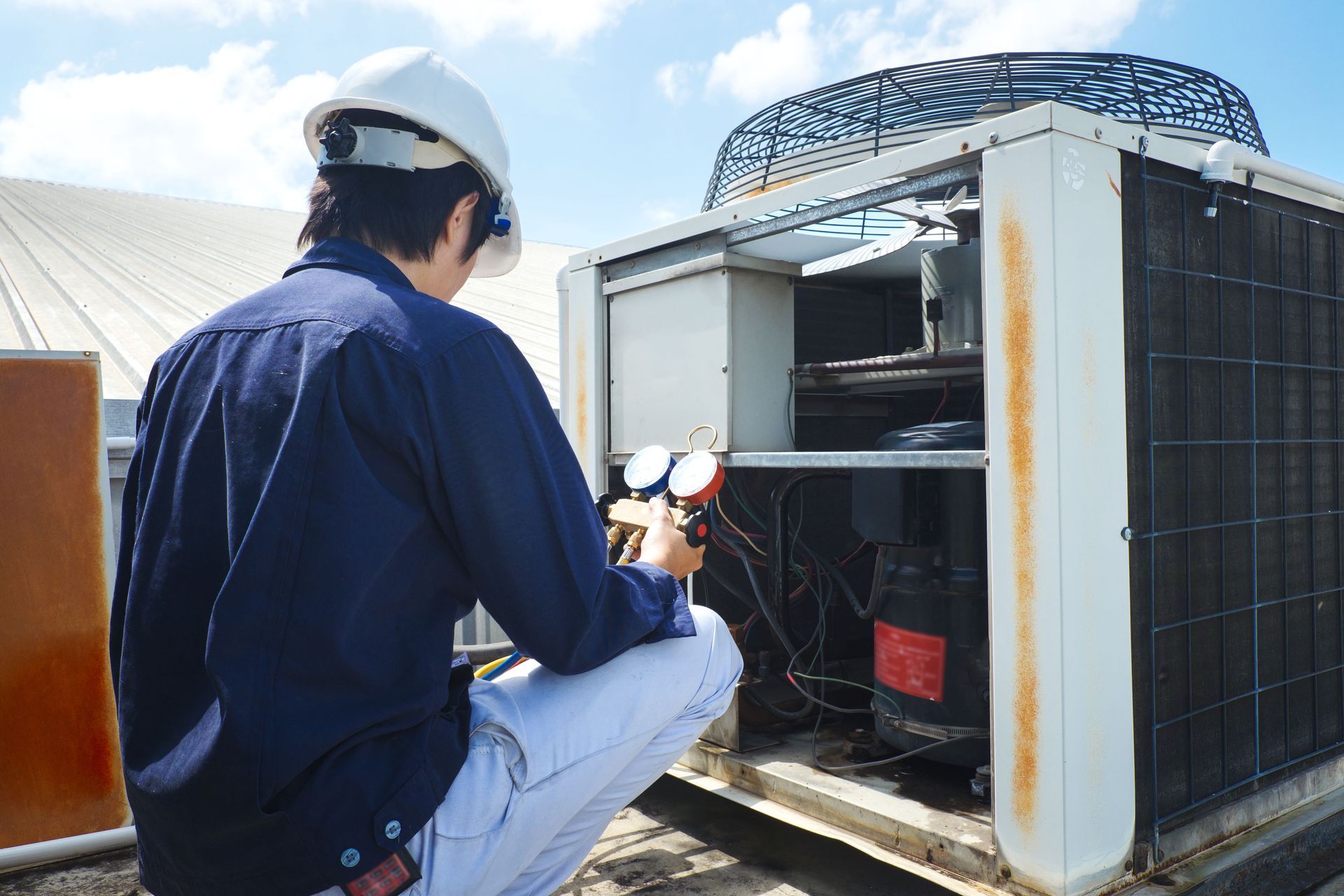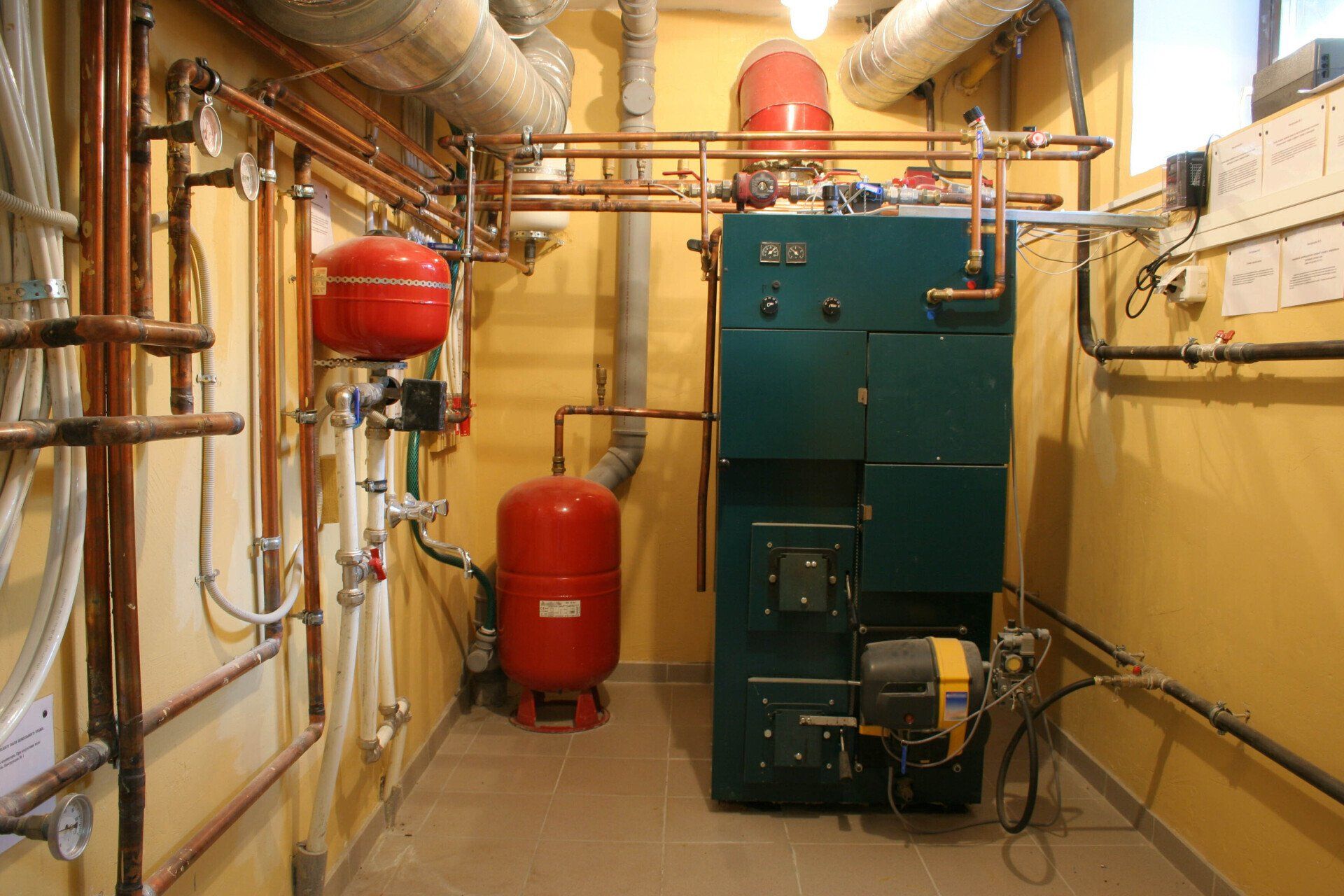The Differences Between Wood Stoves and Gas Stoves
If you are in the market for a free-standing stove, you have many options. According to the Department of Energy, 43% of a home's utility bill is marked for heating and cooling. It is no wonder that people are looking for more efficient ways to heat their homes in the winter. Wood stoves and gas stoves are two popular options for heating in residential settings. While both serve the same purpose of providing heat, there are significant differences between the two. Understanding these distinctions is crucial for homeowners to make an informed decision based on their needs, preferences, and environmental concerns.
Fuel Source
One of the primary differences between wood stoves and gas stoves lies in their fuel sources. Wood stoves, as the name suggests, rely on burning wood as their primary fuel. This natural and renewable resource provides a cozy and traditional ambiance, accompanied by the crackling sound and pleasant aroma of burning logs. On the other hand, gas stoves utilize natural gas or propane as their fuel source. This means that homeowners using gas stoves do not need to worry about procuring and storing firewood. The convenience of a constant fuel supply makes gas stoves highly desirable for those seeking ease of use and a hassle-free heating experience.
Efficiency and Heat Output
When it comes to efficiency and heat output, gas stoves have a slight advantage over wood stoves. Gas stoves typically offer a higher level of energy efficiency, as they convert natural gas or propane into heat with minimal energy loss. They provide instant heat and precise temperature control, allowing users to adjust the flame intensity quickly. Wood stoves, on the other hand, require time to ignite and heat up, and maintaining a consistent temperature can be more challenging. While wood stoves can provide a high level of warmth, especially in smaller spaces, their efficiency can vary depending on factors like the quality of wood and the stove's design.
Environmental Impact
Environmental considerations are increasingly important for homeowners looking to minimize their carbon footprint. In this regard, wood stoves and gas stoves differ significantly. Wood stoves, when operated responsibly with well-seasoned wood, can be a carbon-neutral option. Burning wood releases carbon dioxide, but this is offset by the regrowth of trees that absorb an equal amount of carbon dioxide. However, the emission of particulate matter and other air pollutants can be a concern with wood stoves, particularly in areas with poor air quality. Gas stoves, on the other hand, produce lower emissions and pollutants compared to
wood stoves. They contribute to reduced indoor and outdoor air pollution, making them a more environmentally friendly option.
By considering these factors, homeowners can make an informed decision on which type of stove best suits their needs, lifestyle, and environmental concerns. If you would like to learn more about free-standing stoves and installation, please contact Valley Metal & Heating Inc today.





Share On: